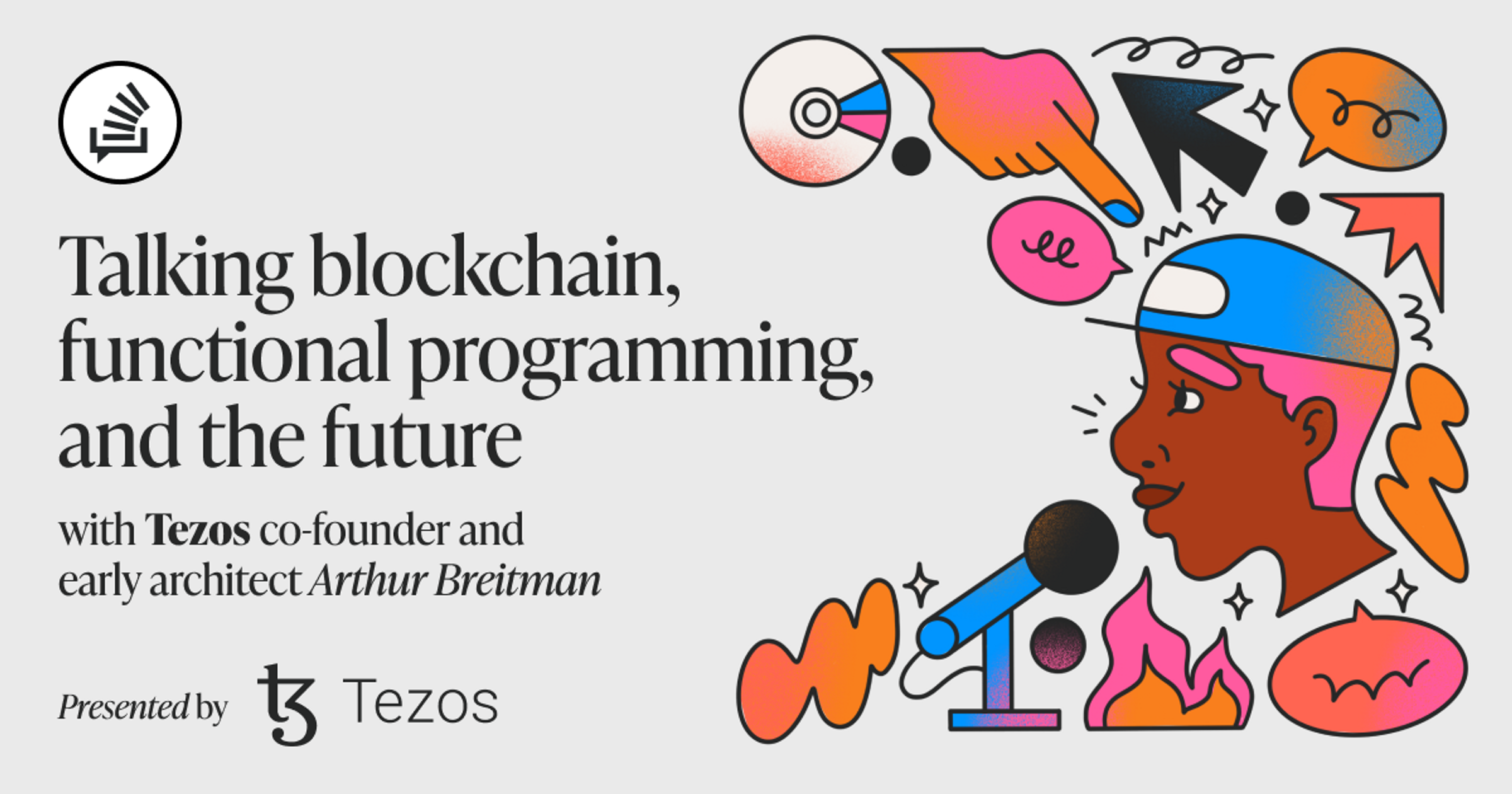While blockchains are huge right now, finding one to build on that doesn’t use a ton of energy, has good privacy protections, and operates efficiently is harder than it looks. The original breakout blockchain, Bitcoin, was slow to adopt any innovations coming out of research. Other blockchains use the electricity of a small country to play elaborate gambling games. For someone looking to build the future of Web3, what are your options?
On this sponsored episode of the podcast, we talk to Tezos co-founder Arthur Breitman. After finding out that the Bitcoin blockchain wouldn’t incorporate all the good ideas generated around it—proof of stake, privacy improvements, and smart contracts to name a few—he decided to build his own.
Arthur has a background in machine learning and statistics but spent his early 20s teaching self-driving cars how to turn left and working in quantitative finance for high-frequency trading. High-frequency trading was data-driven, but there was so much noise that machine learning didn’t do very well. Self-driving cars, meanwhile, presented a more structured problem, so neural networks could yield good results.
Around that time, Arthur got bit by the crypto bug. It lived at the intersection of a lot of his interests: Cryptography touched on computer science and math, but his time in finance got him wondering about banks and money work. The idea of individual sovereignty scratched a personal philosophical itch.
Naturally, Arthur decided to try some mining software. It took all of his computer’s resources, so he uninstalled it. But after seeing the price of Bitcoin break a dollar and other news items about it, he looked closer. He started to think about what a company could do if it didn’t have to maintain banking relationships. He thought about possible applications, like decentralized poker.
When Bitcoin refused to adopt the improvements developed by competing alt coins, Arthur started thinking about a new blockchain that would respond to new developments and focus on efficient processing, security, and a good smart contract system. Forking the code wasn’t enough; he needed a new ledger.
That’s when Tezos was born. It was initially built by a small team of OCaml programmers using that language’s functional subset. Arthur was inspired by the example of WhatsApp, which was built by a small team of senior Erlang engineers. While OCaml would limit the talent he could hire, it would be a very efficient way to build an error-free transaction system. He could have built the whole thing in Java, sure, but Arthur estimates that it would have cost a whole lot more. If you’re interested in learning more about what an engineer’s blockchain ecosystem looks like, check out the Tezos home page. Discover building on Tezos: https://tezos.com/build/
